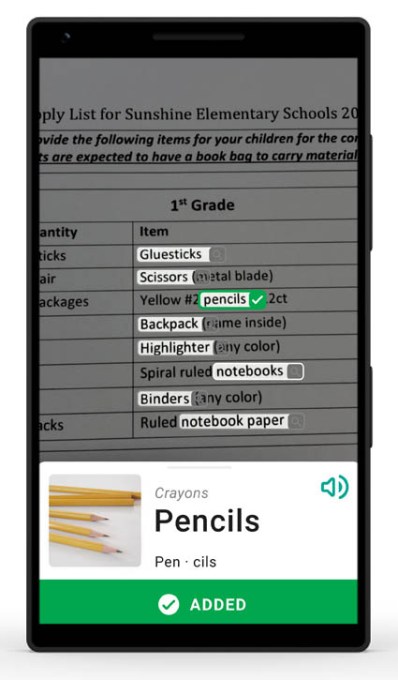Scott Gottlieb, the former Food and Drug Administration chief, became known during his tenure for his efforts to regulate the tobacco and e-cigarette industries — and for his particular focus on Juul, the fast-growing e-cigarette company that Gottlieb squarely blames for creating a “youth epidemic” of e-cigarette use by teenagers.
Indeed, when he announced that he would be stepping down from his post in early March, it seemed Gottlieb had dealt the tobacco industry a winning hand. There was even talk that he’d been pressured to leave by conservative groups along with some Republicans politicians, including Senator Richard Burr, who’d blasted Gottlieb on the Senator floor in January over a plan to ban menthol cigarettes. (Burr’s home state of North Carolina produces more tobacco than any other state.)
But Gottlieb isn’t giving up so easily, he says. In an interview this morning, Gottlieb said there was nothing more to his resignation than his stated reason at the time: his family. “I was commuting from Westport (Connecticut) to Washington every Friday night; I was only home with my three young kids on Saturdays,” he told us. “After two years, that got difficult.”
Gottlieb, who just rejoined the venture firm New Enterprise Associates as a special partner focused on healthcare, further suggests that he will continue to bang the drum when it comes to e-cigarette usage as a private citizen. To wit, in addition to his work at NEA, where he previously served as a venture partner from 2007 until joining the FDA in 2017, Gottlieb is becoming a regulator contributor at CNBC, where he will appear both on television and in print. He also anticipates contributing to the Wall Street Journal and to the Washington Post and to writing deeper dives in medical journals. (“I was publishing on an almost weekly basis” before joining the FDA, Gottlieb notes.)
Indeed, though Gottlieb will have plenty of demands on his time — he has also resumed an earlier role as a fellow with the American Enterprise Institute, the conservative think tank — he says he’s not done with the work he started in Washington, noting that he’s “very efficient” when it comes to both his writing and policy work and insisting that he will “still be actively engaged.”
Partly that owes to Gottlieb’s concerns that Juul — which hitched its wagon to tobacco giant Altria in December by selling it a 35 percent stake in its business for $38 billion — is only becoming more pervasive owing to the tie-up.
Gottlieb still very much believes that the company “bears an outsized responsibility for this public health crisis” wherein one in five people in the U.S. now vapes occasionally, and a growing percentage of those users are teenagers. With Altria’s marketing muscle and much bigger retail footprint, says Gottlieb, Juul adoption could well erase a generation of gains in the fight against nicotine addiction.
As for whether Gottlieb’s public campaign will have real teeth, that remains to be seen. It also isn’t yet clear how aggressively or not the acting FDA commissioner, Ned Sharpless, will be when it comes to battling big tobacco, particularly considering the 80-plus lobbyists employed by Juul in Washington and that, according to the New York Times, have three primary goals: fighting proposals to ban flavored e-cigarette pods, pushing legislation that includes provisions denying local governments the right to adopt strict vaping controls, and working to make sure that bills to discourage youth vaping do not have stringent enforcement measures.
Gottlieb says he’s optimistic. His successor is “a cancer doctor,” he notes. “He has certainly expressed interest in advancing [the] policies [the FDA has already set in motion].”
At the very least, at an all-hands meeting last month, Commissioner Sharpless suggested that fighting nicotine addiction remains a priority. Among his other comments, he said the agency will “maintain our focus on ending the use of combustible cigarettes among adults, and on preventing kids from ever starting.
“That includes undertaking vital research to ensure we have the data necessary to make informed regulatory decisions on electronic cigarette products, so that we can reverse the growing epidemic of youth ENDS [electronic nicotine delivery systems] use. We simply won’t tolerate misleading marketing or selling tobacco products to children.”






